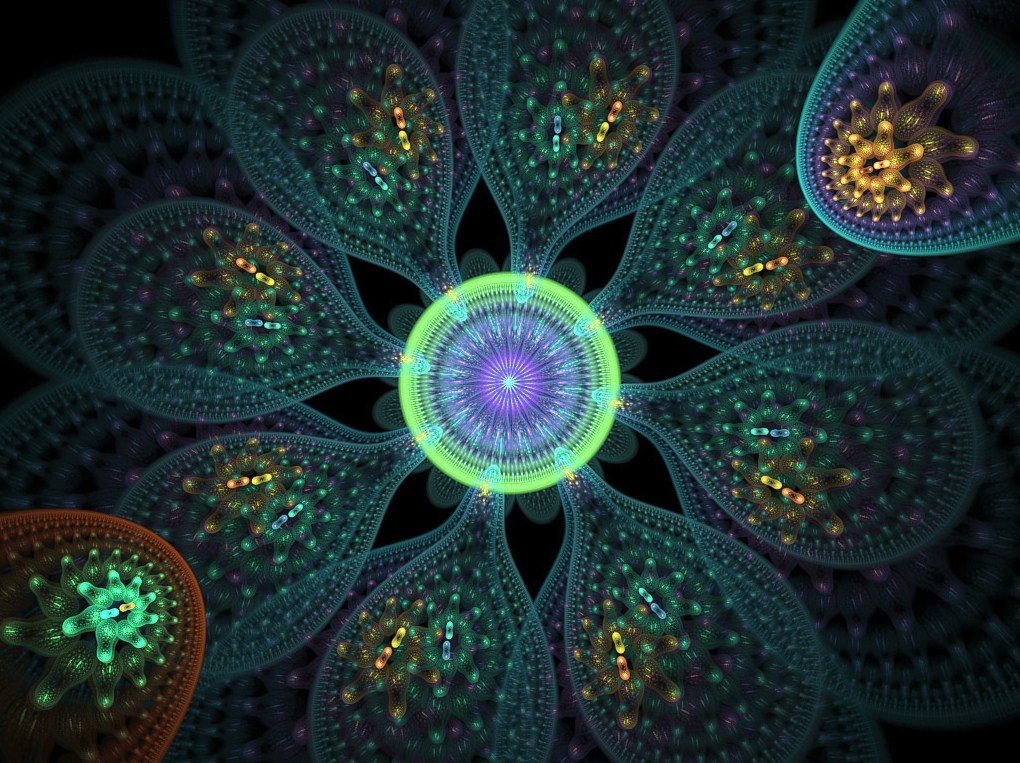1.- In the center of the heart the fourth Chakra Anahata blooms
1.1.- All about the fourth Chakra Anahata
Anahata represents the center of our being at all levels: physical, emotional, mental and energetic. It is essential to internalize that it is from the heart where the opportunity to transform and transcend the reality that conditions and subjects us appears. That is why the fourth Chakra Anahata means “silent, pure, intact place”.
Anahata is where the spiritual and the physical meet. Once our feelings expand, our Higher Consciousness becomes a participant in all our actions, and thus we can observe it more and more clearly.
Any attitude that involves devotion, compassionate desire and openness to our emotional aspect, mobilizes the energy of Anahata. Therefore, the work at the level of this Chakra consists of achieving a suitable way of life for our personal evolution.
So the opening of this Chakra is conditioned to be honest and complete, to humbly accept our human condition, which allows feelings to emerge in our hearts.
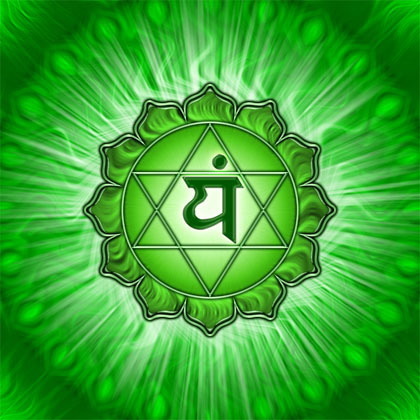
1.2.- Location and curiosities of the fourth Chakra Anahata
Anahata Chakra is located in the cardiac plexus, between the shoulder blades. His Kshetram is in the center of the chest. The element or “Tattwa” that represents Anahata Chakra is that of air or Vayu. In the most secret Tantras and in Buddhism it is visualized in blue, and its 12 Bija Mantras are written in red on the 12 petals.
1.3.- Symbology of the Anahata Chakra Yantra
The Anahata Chakra Yantra is symbolized by a blue lotus flower with twelve petals. They are two interlocking triangles that also symbolize the union of Shiva and Shakti. The inverted triangle is the symbol of feminine or creative energy (Shakti); and the one pointing upwards is Consciousness (Shiva).
Within the star is the black antelope, which is a symbol of constant alertness and agility. Above the antelope is the Bija Mantra Yam. In the center of all this, an inverted triangle is represented where the Akhanda Jyotir burns, the eternal flame that does not flinch, which symbolizes the Jivatma, the individual soul. The Bindu is also visualized here, especially in the tantric traditions.
Beneath the large lotus is a smaller lotus with red petals, and inside it contains the Kalpa Taru, the wish-fulfilling tree. Many saints have recommended the visualization of the Kalpa Taru, or a still lake within the Anahata hexagon. On this lake there is a beautiful blue lotus. You may have seen this symbol because it is used in many Ashrams and spiritual items.
Some of the tantric texts say that there is a Shivalingam inside the triangle, which is called Bana Linga, and it is made of shining gold.
We recommend for the activation of the fourth Chakra Anahata, and to collaborate with the financing of this blog, acquire and use a suitable incense like this one that we offer from Goloka fourth Chakra Anahata.
2.- Influence of the fourth Chakra Anahata
2.1.- Kundalini
When one lies to oneself or to others, when one controls or manipulates, the heart cannot open.
If we have allowed Kundalini to rise from a strong ground (from a harmonic Muladhara), it will feed the fire of confidence and power, hastening the purification of our last resistance, and opening the heart. As long as the fourth Anahata Chakra remains closed, the higher centers remain unbalanced.

If we have a disharmonious Muladhara, we perceive the world as a dangerous environment and it makes us feel insecure. With stagnant Svadhisthana, we have sexual encounters without love, trying to fill our inner emptiness with empty experiences, trying to compensate for the lack of affection. So the pursuit of social status or personal power comes from a Manipura of a being lacking self-esteem, suspicious, afraid of criticism, nullifying his creativity. Therefore, this powerful feeling and/or thought becomes the belief that you have nothing of value to offer; end up feeling unable to tune in to love.

The fourth Chakra Anahata is intimately linked to relationships, since feelings (love, compassion, dedication) are what involve people in a relationship. Pure feelings are what give access to this Chakra.
For men, emotional expansion has to do with integrating their feminine aspect, sweetness, softness and compassion. In women, the masculine aspect is found in the solar plexus and the throat, and facilitates the power for communication.
3.- Psychology of the Anahata Chakra
The fourth Anahata Chakra represents the Manomaya Kosha, which controls the mind and emotions.
Vishnu Granthi, the second psychic knot, located in the center of the heart, represents the attachment to emotional attachments, the tendency to live personal life making decisions based on the strength of emotions and feelings, and not under the light of the spiritual quest.

Vishnu Granthi is undone when emotions harmonize with and amplify spiritual awakening, rather than being in opposition. It is said that one who meditates on the lotus of the heart is magnificent among yogis and adored by women; that he is eminently wise and full of noble deeds.
4.- The different ways of seeing Anahata Chakra
4.1.- Anahata Chakra in disharmony
The fourth Anahata Chakra in disharmony provides a series of negative feelings such as the following:
Self love, pride.
Egotism.
Exaggerated emotion.
Attachment,dependence,
conformism.
Resentment.
Disinterest, isolation, loneliness.
4.2.- Anahata Chakra in harmony
On the other hand, seeing the fourth Anahata Chakra in harmony provides everyone with a series of feelings that will comfort you in your day to day:
Compassion. Open to the pain of the other.
Comprensión.
Calm.
Sensitivity.
Solidarity, generosity.
Detachment and emotional freedom.
Sorry, tolerance.
Joy, goodness.
We recommend for the activation of the fourth Chakra Anahata, and to collaborate with the financing of this blog, acquire and use a suitable incense like this one that we offer from Goloka fourth Chakra Anahata.
5.- The destiny and the free will of the fourth Chakra Anahata
The scriptures detail that in Anahata Chakra thoughts and desires come together and materialize in reality.
The Anahata Chakra is almost entirely beyond empirical dimensions. Here one can go beyond the dictates of fate. It is only when one reaches Anahata and becomes a Yogi that one enters into free will, transcending latent Samskaras. Before, we are only Yoga practitioners.

While the Consciousness is focused on the lower Chakras, one remains completely dependent on the destiny that has been assigned to him, Parabdha Karma. The lower chakras belong to the empirical world of the body, mind and senses. People who accept their destiny as inevitable have not transcended their earthly bonds.
6.- The fulfillment of desires
In the fourth Chakra Anahata, the freedom to escape from a predetermined destiny appears, and to determine that one’s destiny becomes a reality. According to the Tantras, at the root of the Anahata Chakra there is a tree that grants all wishes, the Kalpa Taru. When this tree begins to bear fruit, whatever the yogi thinks or desires becomes reality.
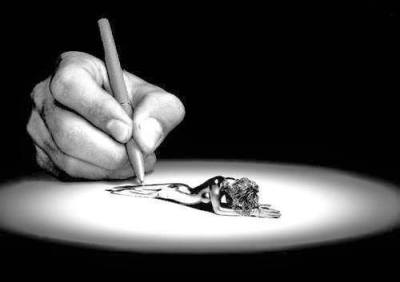
The danger is that if the Kundalini is awake, and one has negative thoughts of any kind, they will also come true, for which one must watch one’s thoughts a lot and do a good Sadhana so that this does not happen. It is essential to keep the Anahata Chakra clean and pure; maintain a mind that avoids thoughts that stimulate contradictory feelings.
7.- Develop a new way of thinking
When one awakens the fourth Chakra Anahata, it is convenient to be surrounded by people from a good Sangha, spiritual friends of conscience, your companions in evolution are your Sangha. You should not relate too much with people who depend on their destiny, but with people who depend on their faith. One must have an unshakable faith in one’s own will, even in the face of terrible adversity, to achieve success.
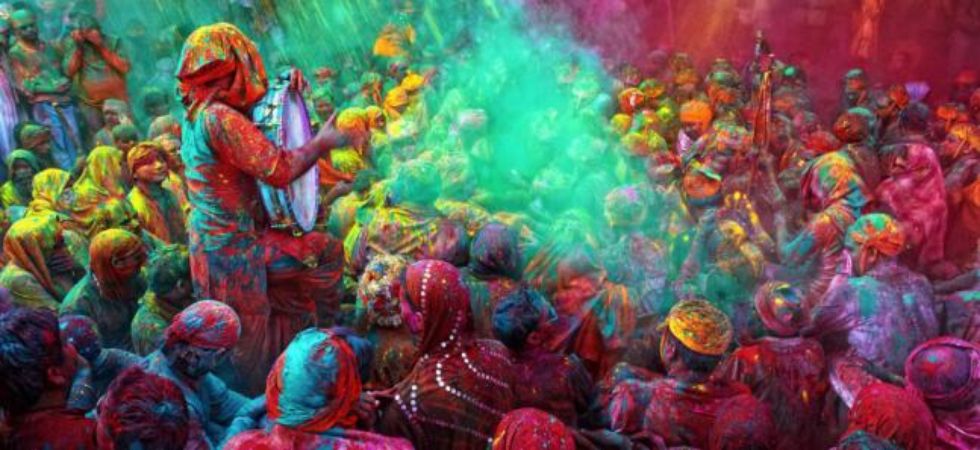
Willpower is not autosuggestion. If one is sick and repeats a hundred times: “I’m fine, I’m fine, I’m fine…”, this is autosuggestion, not will. Will is “Even if my son is suffering from the worst disease and medical science has decreed that he is going to die, I know that he will not be like that”. This is how you have to focus your thoughts on him and acquire the power of will.
So the first preparation for the awakening of the Anahata Chakra is to change the way of thinking. Therefore, one must be extraordinarily optimistic and positive, always full of hope.
“Everyone is in me” and “I am in everyone”.
EVEN IF YOU ARE IN FRONT OF A MURDERER, KEEP THE THOUGHT THAT INSIDE YOU STILL EXISTS A PERSON WITH FEELINGS.
The best Mantra for the fourth Anahata Chakra is Om Shanti.
Om is the universal cosmic vibration that permeates all of creation, and Shanti means peace.
8.- Emotions that interact with Anahata Chakra
8.1.- The emotions that Anahata Chakra awakens
Anahata Chakra awakens a refined emotion in the brain, and its awakening is characterized by a feeling of boundless and universal love towards all living things.
Of course, there are very generous people who practice kindness and charity, but still maintain a certain selfishness. Therefore, his charity is not an expression of the fourth Anahata Chakra nor of spiritual compassion, but of human compassion. Love does not involve negotiation; it is free of expectations. Every form of love is contaminated even if you have love for the Higher Consciousness, because something is expected from It. Even a mother’s love can be selfish if something is expected in return.

Music, art, theater, literature and poetry are great aids to the development of the Anahata Chakra, so it is important that you cultivate them.
8.2.- Love surpasses the ego
The fourth Chakra Anahata can be stimulated and awakened through the practice of Bhakti Yoga. His devotion may be to God or to an invested guru, who bases his teaching on the sacred scriptures of Hinduism.
The ego is not only an obstacle on the spiritual path, but it is also the biggest barrier to family and social harmony and cordiality.
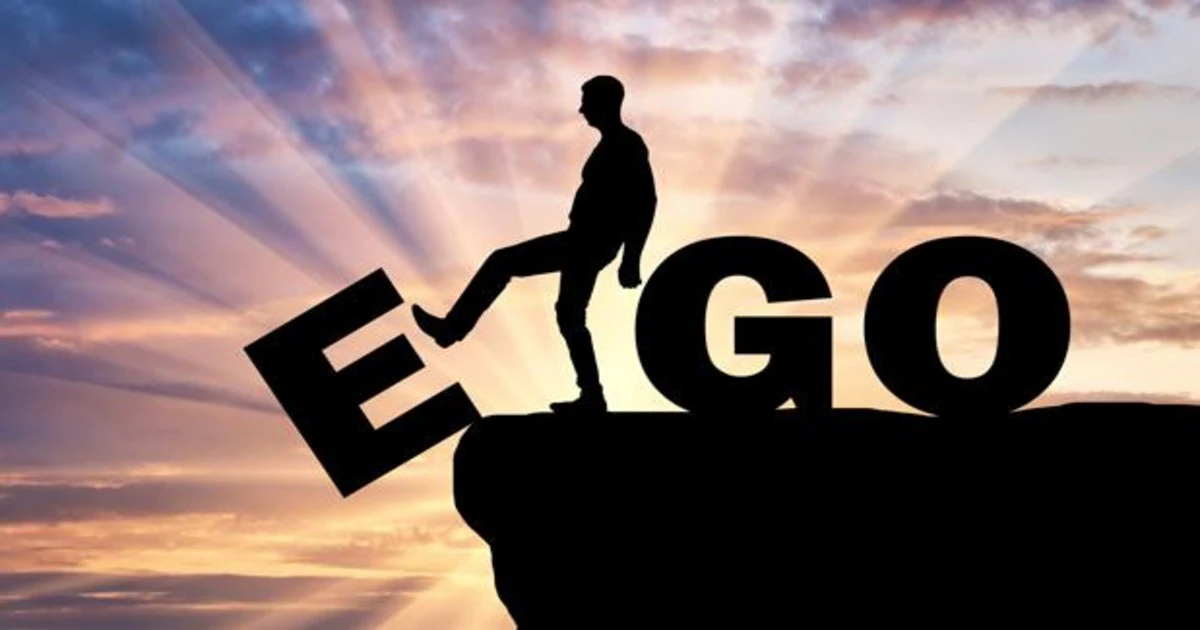
To treat the ego there are two very important ways. One is Karma Yoga and the other is Bhakti Yoga.
In India many women are initiated into Bhakti Yoga when they are 4 to 6 years old, they are taught to practice devotion to Lord Shiva, Krishna, Rama, Vishnu, Lakshmi, Durga, etc. because in women it is easier to develop Anahata Chakra. For this reason they are also told to use Anahata Chakra as a meditation center, while men are advised to focus on Ajna Chakra.
The fourth Chakra Anahata is the center of deep human love and authentic divine love. These concepts are not separate, they are one and the same.
8.3.- Psychic indications of Anahata Chakra
Before the awakening of the fourth Chakra Anahata, you may feel pain or frequent sensations in the chest area, or an irregular functioning of the heart, such as a rapid pulse. Instead of feeling sick, however, one feels healthy and active, needing little sleep.

Obtain complete emotional balance and the ability to communicate both internally and externally. Voices or sounds can be heard coming from other worlds, and sounds like buzzing or whispering can also be felt.
The Sadhaka can become an inspired poet, artist or singer. May manifest clairvoyance/clairaudience or psychokinetic ability. Consequently, he may be able to win people over by the immensity of the love he emits.
A person in Anahata Chakra is usually very sensitive to the feelings of others and their sense of touch is strongly developed.

She also has the ability to heal others, either through touch or by passing her own spiritual energy to them. Many who achieve miraculous healings do so through the Anahata Chakra.
One develops non-attachment to the things of the world, a constant sense of optimism, and the understanding that good and evil coexist, but that there is also a world beyond this duality. After getting rid of attachment, the mind relaxes, becomes free and calm. And with the discovery of true freedom, the pleasures of dualistic life lose their meaning.
9.- Asanas that activate Anahata Chakra
–Shalabhasana (the grasshopper or locust)
–Dhanurasana (the bow)
–Matsyasana (the fish)
–Gomukhasana (the head of the cow)
–Kandharasana (half bridge holding the ankles with the hands)
–Badha Padmasana (the tied lotus)
–Bhujangasana (the snake)
–Supta Vajrasana (supine diamond pose)
–Virabhadrasana (the hero)
–Chandrasana (half moon)
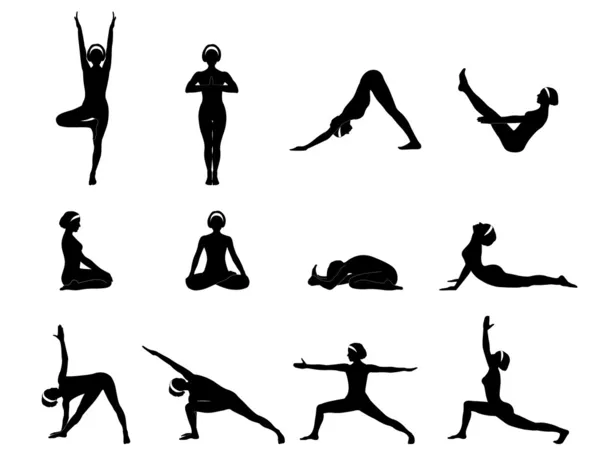
10.- How to practice the fourth Chakra Anahata
Anahata Chakra can be awakened in a very simple way through the practice of Ajapa Japa. Japa means “repetition“, and Ajapa is the repetition of the Mantra until it spontaneously becomes the form of your consciousness.
The Om Shanti mantra is as follows: Om Mani Padme Hum.
We work on the Anahata Chakra with:
Devotion and all compassionate desire
Practicing a Personal Divinity or Ishta Devata
Devotion to a Guru or Master
The repetition of the mantra or Ajapa Japa
10.1.- Practice 1: Location of Anahata Chakra and Anahata Kshetram.
Stand up, in front of a mirror. Then, put the finger of one hand in the center of the chest. There is Anahata Kshetram. Put one finger of the other hand on the spine, directly behind the Kshetram. This is Anahata Chakra. Sit down. Press both fingers firmly for 1 minute, then release them. The sensation in the Chakra and the Kshetram will continue. Concentrate on the sensation of the Chakra and mentally repeat the Bija Mantra Yam for a few minutes.
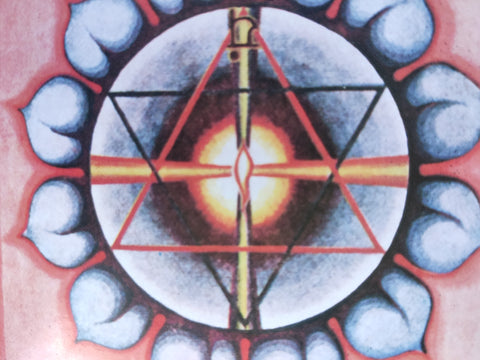
10.2.- Practice 2: Purification of the Anahata Chakra
Sit in a comfortable meditation posture. Then keep your back straight without making too much effort. Lastly, keep your eyes closed.
Hands in Chinmaya Mudra or Intercostal Breathing Mudra: thumb and forefinger touch, the other three touch the center of the palm.
Breathe slowly and deeply, feeling your chest expand and contract as you inhale and exhale for a few minutes.
Next, become aware of the air moving in and out of the Anahata region. As the chest expands, she feels the breath enter through the chest and flow back to the Anahata Chakra.
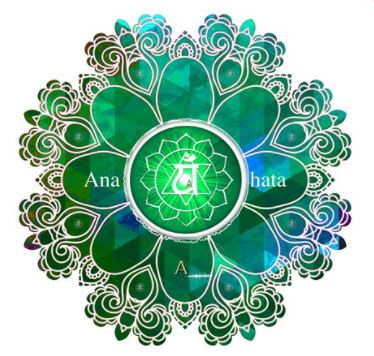
As the chest contracts, feel the breath flow from the Anahata Chakra in the spine, through the center of the chest and out of the body. She practices this for several minutes, mentally repeating the Bija mantra “Yam“.
10.3.- Practice 3: Bhramari Pranayama
Brahmari means “bee” in Sanskrit.
The benefits attributed to it are in addition to the opening of the fourth Chakra Anahata: brain massage that calms the mind, relieves stress, brain tension, anger, frustration, anxiety, insomnia and high blood pressure.

Also its contribution to the healing of body tissues, which is why it is indicated after surgeries. It becomes a massage for the vocal cords and relief for throat discomfort.
Sit in a comfortable meditation posture and relax for a few minutes. With your head and spine as straight as you can. Close your eyes.
Keep your teeth slightly apart and your mouth closed during practice. Cover your ears with your index fingers. Inhale slowly and deeply.
Then as you exhale make a buzzing sound. The sound should be soft and continuous throughout the exhalation. The buzz doesn’t have to be harsh. The important thing is that you hear the sound rumbling inside your head. The exhalation should be slow and controlled.
10.4.- Practice 4: meditation with Ajapa
This meditation is one of the most important in Tantra. Japa means “repetition”, and Ajapa is the repetition of the Mantra of the fourth Chakra Anahata internally until it spontaneously becomes the form of your consciousness.
Sitting down, close your eyes and relax for a few minutes. Now become aware of your natural breath as it moves in and out of your body. Do not try to control the breath, just become the witness of the natural process of it.

Now be aware that the sound of inhalation is So and the sound of exhalation is Ham. Next, be aware of breathing naturally and simultaneously with the So-Ham. You must be relaxed during practice.
Do not lose awareness of the Mantra and its natural breathing, even for an instant. Do not be interested in thoughts or feelings that may arise. Let them come and go as they please. Always remain aware of the natural breath and the continuous mantra.
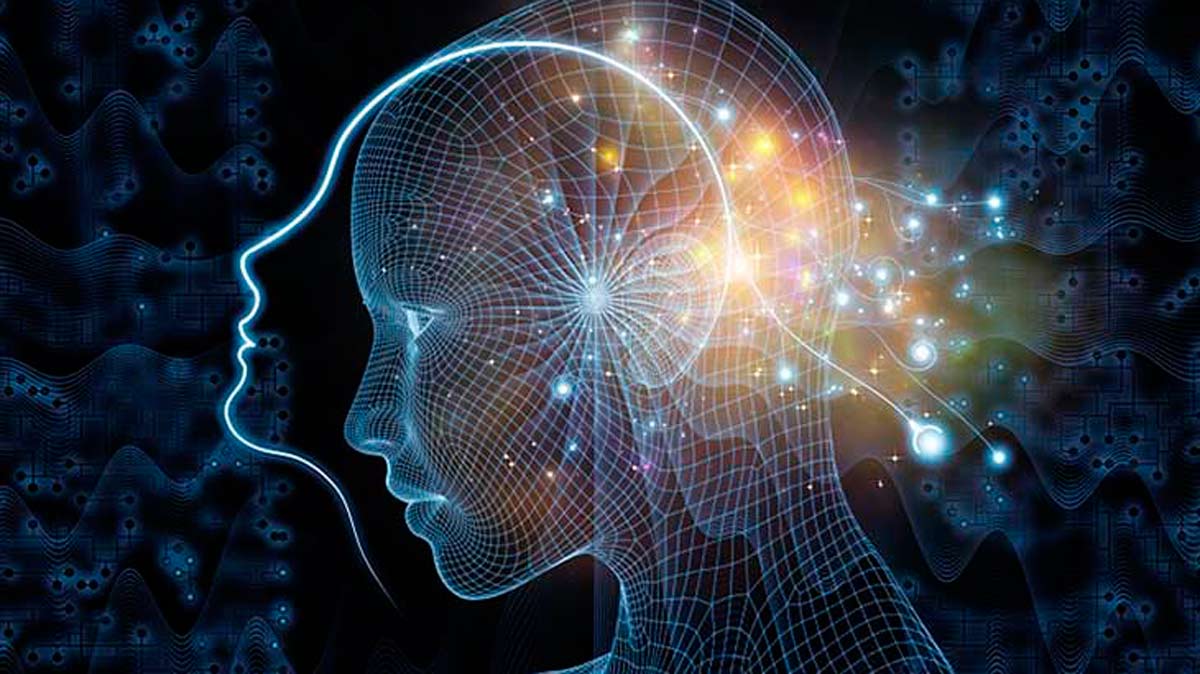
10.5.- Practice 5: Meditation to enter the space of the heart and awaken the fourth Chakra Anahata
The process of paying attention to the breath is the only means to be able to enter the space of the heart. To begin with, we bring our attention to the cardiac plexus and let the mind calm down in a natural way. This process is called Samata.

10.5.1.- Level 1: become aware of breathing
Sitting in meditation posture, close your eyes and relax completely for a few minutes. He concentrates the awareness of the breath in the throat. Afterwards, he is exclusively aware of the sensation of the breath in the throat for a few minutes.

Now add awareness of the inhalation from the throat down. Do not be interested in the exhalation. Your awareness is exclusively on the inhalation of the throat. Become aware of the inhalation in the throat passing into the diaphragm system.
Become aware of the diaphragm: the rise and fall of the muscular floor that separates the chest and lungs from the abdominal organs. Then, with each inhalation, the diaphragm descends a little in the abdomen, increasing the pressure and causing the abdomen to expand. Simultaneously the lungs are fully expanding in the chest.
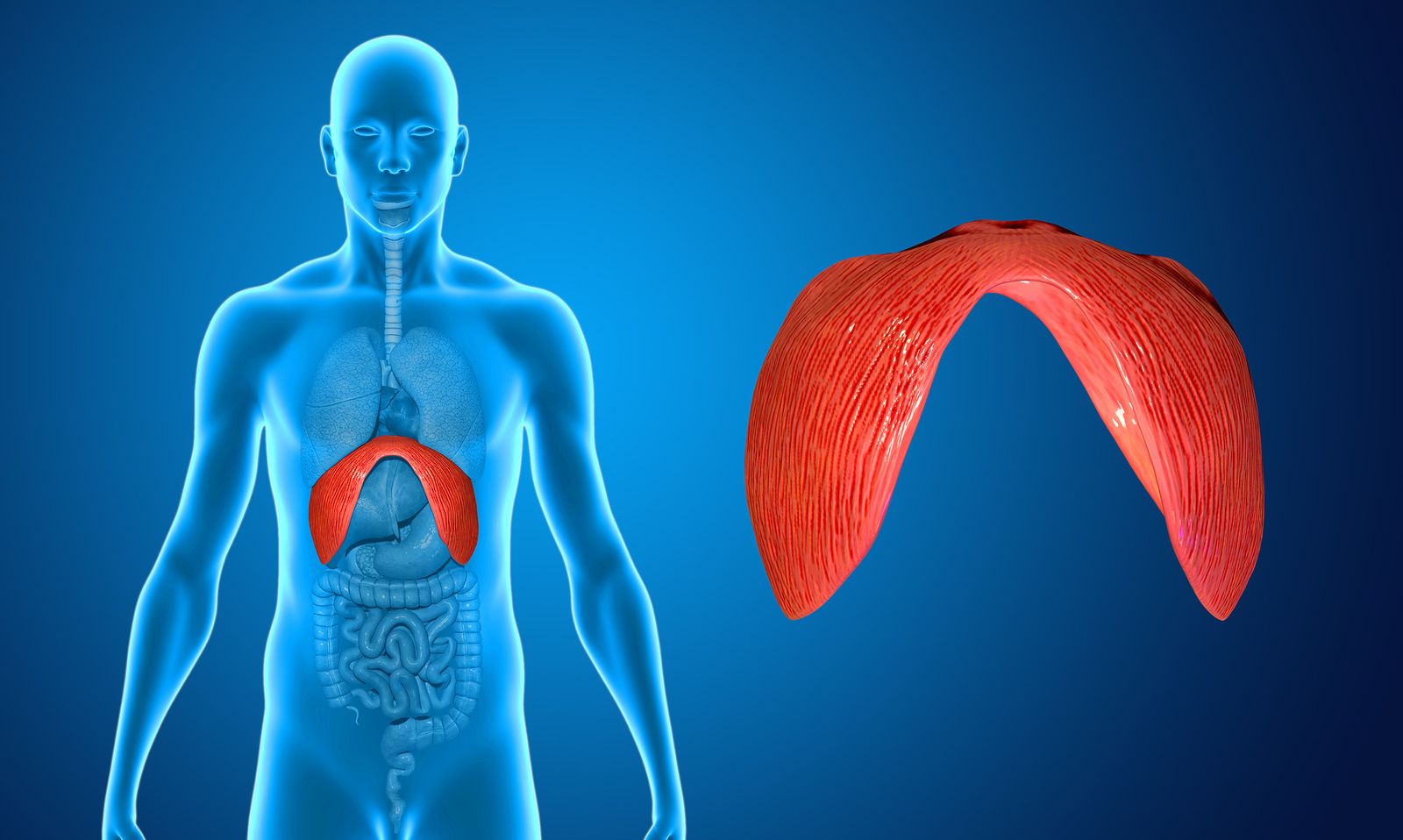
Become aware of the contraction of the abdomen with the exhalation, the diaphragm rises and the lungs empty completely. Develop awareness in the diaphragm for a few minutes.
10.5.2.- Level 2: become aware of the space of the heart
Now, also become aware of the Akasha, the internal space in which the diaphragm is operating. Consequently, with inhalation, he feels how this space is filled. Then, just be aware of how this space is filled, which is empty, emptiness. They are not the lungs but a mental place, a non-physical space, made up of emptiness.
This filling process is only a foundation for consciousness in this huge space. The process of feeling the breath is only a basis for experiencing the space of the heart. Therefore, become aware of the space within the heart and bring your awareness directly there.
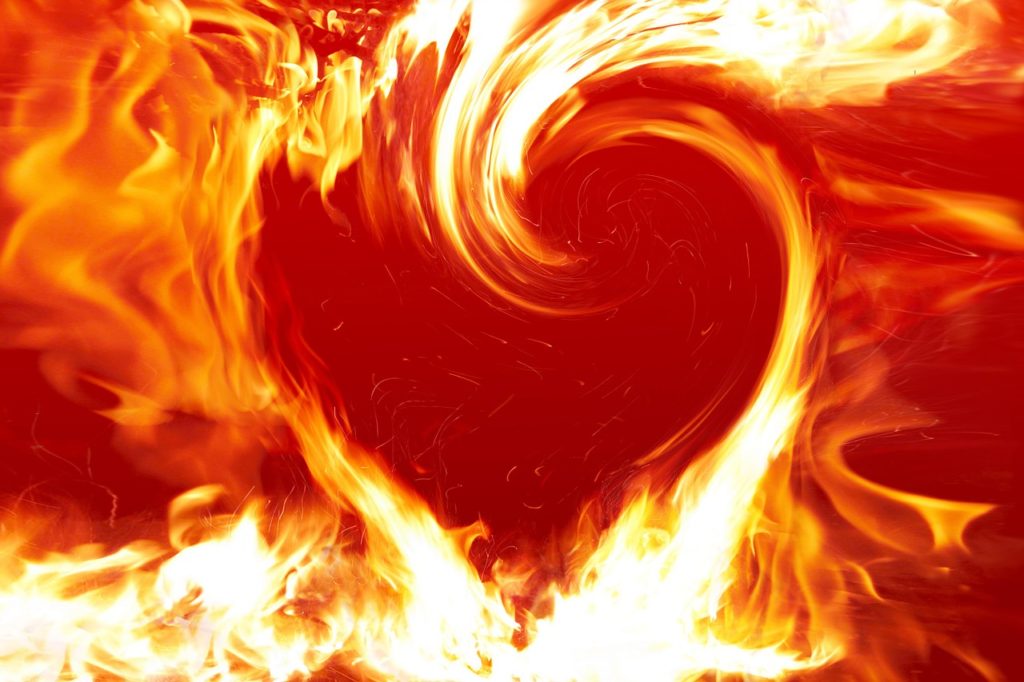
Feel the space within the heart center. It expands and contracts with the rhythm of natural breathing. The breath is only the base. The filling process is only the base. Continue to cover the entire space.
Be only aware of the space within the heart center
Feel the expansion and contraction of this huge space. It is happening with the rhythm of natural breathing. Breathing is natural and spontaneous, do not alter it in any way, do not make it longer or shorter, deeper or lighter, faster or slower. Instead, it has to become the spontaneous and voluntary movement of breathing.
10.5.3.- Level 3: vision of the blue lotus and the lake
If the consciousness in the contraction and expansion of the heart space is constant and stable, after some time many manifestations and experiences will arise there. You don’t have to visualize anything. The vision will appear by itself when the awareness in the heart space is constant.
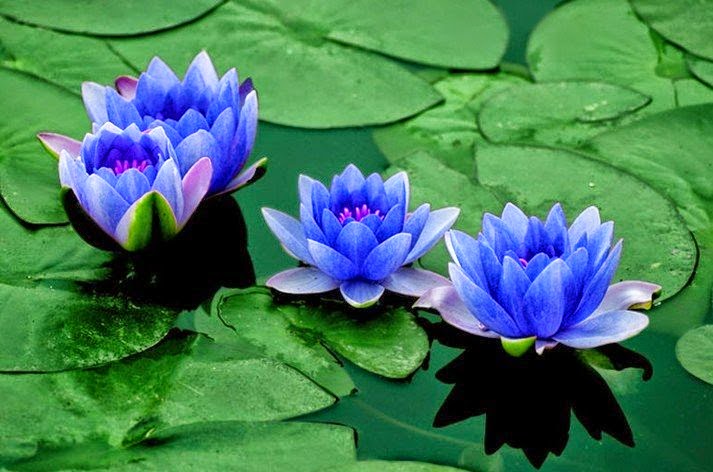
Spontaneously and as the exercise becomes more effective, images of all kinds usually appear, although the most precious and important are those of a lake and a blue lotus flower. Everything happens in a natural way and in turn, the sensation of interior space becomes increasingly clearer, more precise.
10.5.4.- Level 4: ending the practice
Now become aware of the natural flow of the breath moving in and out through the throat. Withdraw your awareness from the heart space and bring it into the natural breath of the throat. Keep the awareness on the breath moving in and out in the throat for some time.
With this practice we realize the ultimate characteristic of the mind: the state of emptiness that the ego encloses at the reduced limit of our thoughts.
Then, from the depths of space, perhaps the Mantra Om will arise. If it doesn’t come up, chant it three times. Let this sound manifest fully and spontaneously from deep within. We must let ourselves be intoxicated by the sound of the Mantra while we completely dissolve from the space of the heart to the space that surrounds us.
Our limitations disappear in an infinite expansion that we can call Higher Consciousness or God, being one and the same at the same time.
